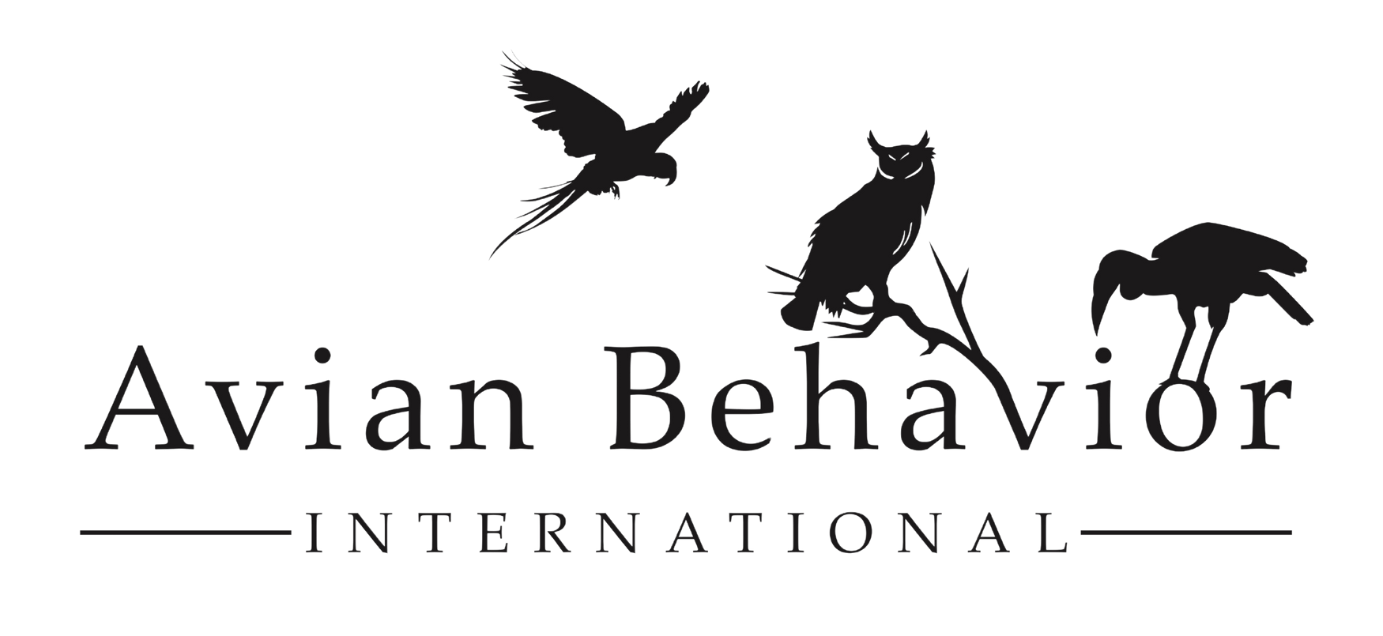17 Nov Understanding Degrees of Freedom: The Power of True Choice
Choice and control are buzzy words in animal training right now. But what do we really mean when we talk about choice? And are we actually offering it? Are we really performing a functional assessment to see what true choice means? And doesn’t B.F. Skinner’s work tell us that an organism doesn’t control their environment, they are controlled by their environment?
If you’ve been taught that using positive reinforcement automatically means you’re giving your bird choice—because they can either do the behavior or opt out—it’s worth taking a closer look. That framing might feel right, but it doesn’t hold up when we examine what choice actually means in behavior analysis.
What Are Degrees of Freedom?
To define degrees of freedom properly, we turn to the work of Israel Goldiamond and Dr. Joe Layng. In the behavior analytic sense, degrees of freedom refer to the number of distinct functional behaviors the learner can engage in to produce the same outcome or consequence.
Here’s the key point: if there is only one effective path to reinforcement, the learner has zero degrees of freedom.
That surprises a lot of people. Zero? But they’re still choosing to do the behavior, right?
Not really. Because the learner is functionally coerced—even if they’re not being punished, there are no viable options. They either perform that one behavior or they fail to access reinforcement. There’s no freedom in that.
Dr. Layng uses a human example that makes this clear. Imagine you don’t have many skills and there’s only one job available in town at minimum wage. You might say you have choice because you can either take the job or be unemployed. But that’s not actual choice. You have no other way of making money, so you have to take that job.
However, if you can choose between Job A or Job B, now you have one degree of freedom. You can choose one or the other. Add a third option, and you have two degrees of freedom.
The formula is simple: Degrees of Freedom = N – 1, where N equals the number of distinct effective behaviors that achieve the same result.
So if a bird can step onto your hand for a treat, fly to a perch and receive a treat, or touch a target and get a treat—and all of these behaviors lead to the same reinforcement—then the bird has two degrees of freedom. Three total options minus one.
Zero Degrees of Freedom in Practice
Here’s what zero degrees of freedom looks like in bird training, even when we’re using positive reinforcement.
Picture crate training a vulture. The bird is given one opportunity for food: that steady path toward and into the crate. Step closer, get reinforced. Step closer, get reinforced. Keep going until you’re inside.
The bird looks cooperative. We might even say they’re “participating in their own husbandry.” But they have zero degrees of freedom. The only way to access reinforcement is that one behavior we want. That’s not choice—that’s a funnel.
This is how many of us were trained to work with birds. And it’s not that it doesn’t work. It’s that we’re calling it something it isn’t.
Where This Concept Comes From
The roots of degrees of freedom trace back to applied behavior analysis—specifically the work of Baer, Wolf, and Risley in 1968. They emphasized that behavior interventions should be effective, socially significant, and humane. That focus on meaningful, ethical application set the foundation.
Then in 1974, Israel Goldiamond expanded on these concerns in his landmark paper “Toward a Constructional Approach to Social Problems.” Goldiamond argued that if we eliminate all options except the one we want—even without punishment—we’re still using coercion.
Instead, he proposed that we construct environments where multiple behaviors can be successful, giving the learner real, measurable degrees of freedom. This became central to what we now call the constructional approach to behavior change.
When we talk about degrees of freedom in bird training, we’re standing on the shoulders of some of the most thoughtful and ethical figures in the field. They asked again and again: how can we build environments where behavior flourishes without force?
Skinner vs. Goldiamond: Two Views of Freedom
B.F. Skinner was one of the most influential figures in behaviorism. He argued that freedom is essentially an illusion. In his view, behavior is determined by environmental contingencies—what we’ve learned, what’s been reinforced or punished. Even when we think we’re acting freely, we’re just responding to variables around us.
According to Skinner, we feel free when we aren’t being punished—but we’re still under control. So in Skinner’s model, the goal of humane training isn’t to increase freedom. It’s to eliminate punishment and build positive reinforcement systems that shape behavior predictably and effectively.
This was revolutionary and compassionate in its time. But it doesn’t fully address the learner’s point of view or the presence or absence of real alternatives.
That’s where Goldiamond comes in.
Goldiamond agreed that behavior is shaped by contingencies. But he challenged the idea that simply removing punishment is enough to produce ethical—or truly free—behavior.
He proposed that real freedom exists only when the learner has multiple functional ways to achieve the same outcome. If there’s only one way to succeed, only one behavior that gets reinforced, the animal may look cooperative, but they’re actually under tight control. No real alternatives means no degrees of freedom.
If the bird only comes to you because every other option is shut down, that’s not freedom. That’s coercion—even if no punishment is involved.
This is a powerful ethical distinction. Goldiamond and his students built an entire approach around it: we can structure environments to increase the learner’s degrees of freedom, giving them a real sense of agency and building stronger, more resilient behavior in the process.
Why This Matters in Bird Training
When we’re working with birds that are new to training—or those with limited reinforcement history with humans—our goal is more than getting them to perform behaviors. It’s building a foundation of skills and agency that supports learning over the long term.
Let’s clear up a common misconception: true choice doesn’t just mean giving the bird the option to opt out. Yes, having a safe way to disengage matters. But degrees of freedom go much further.
The more behaviors that lead to success, the more degrees of freedom the learner has—and the more empowered and voluntary their participation becomes.
This is where Goldiamond offered a critical insight: to increase degrees of freedom, we must first increase the learner’s behavioral repertoire.
That means our job as trainers isn’t just to shape a single behavior. It’s to build multiple paths to reinforcement. We teach the bird a range of skills, preferences, and ways to engage with us and the environment. That way, success becomes more accessible and participation becomes a choice, not a demand.
When a bird has only one way to earn reinforcement—say, stepping up—they have zero degrees of freedom. That’s forced compliance, even if it looks calm.
But when the bird can step up, fly to a perch, target, or even signal a break—and all of these are acknowledged and reinforced—now we’re offering real behavioral choice. That’s how trust is built.
This is especially important with birds who are learning to trust humans for the first time. By increasing their skillset and giving them more ways to succeed, we build a relationship on voluntary interaction. When learners experience that their choices matter, their behavior becomes more confident, more creative, and more cooperative—not because they have to be, but because they want to be.
What This Looks Like in Practice
When degrees of freedom are clicking—when it’s working for you and for your birds—you can see it. Learning speed improves. Retention improves. Fluency improves. And frustration goes down.
When there’s not just one way to access reinforcement, birds actually opt into the relationship in a clear and meaningful way. They choose the interaction.
There are several practical ways to build degrees of freedom into your training:
Give the bird the option to leave or stay. Use platforms, perches, or room arrangements that provide space for the bird to disengage if they choose.
Reinforce exploratory behavior, not just compliance. Even on your glove, there are multiple things you can reinforce. You’re not just looking for one specific behavior—you can acknowledge and reinforce many different things right there.
Build the bird’s repertoire. The more skills they have, the more paths to reinforcement exist, and the more degrees of freedom they experience.
Set up your training sessions and aviaries to maximize skill building and reinforcement value. Think about how the environment itself can support choice.
The Bigger Picture
The goal isn’t just to get behaviors. It’s to identify and expand degrees of freedom—especially with birds who may start with zero.
The more degrees of freedom we offer, the more agency and trust we build. That leads to more resilient and voluntary behavior over time.
We’re not shaming traditional methods or what we’ve been taught. Most of us learned from mentors who cared deeply and did their best with the tools they had. But there is a better way forward.
When we design training through a constructional approach—by increasing the bird’s skillset and giving them more ways to succeed—we build relationships on voluntary interaction. That’s the kind of partnership that changes everything.
Ready to see what degrees of freedom look like in real training sessions? Inside the Avian Behavior Lab, we break down practical applications including voluntary stationing, crate training with real choice, and glove training sessions that give birds multiple paths to success. Join us and see these concepts in action.

